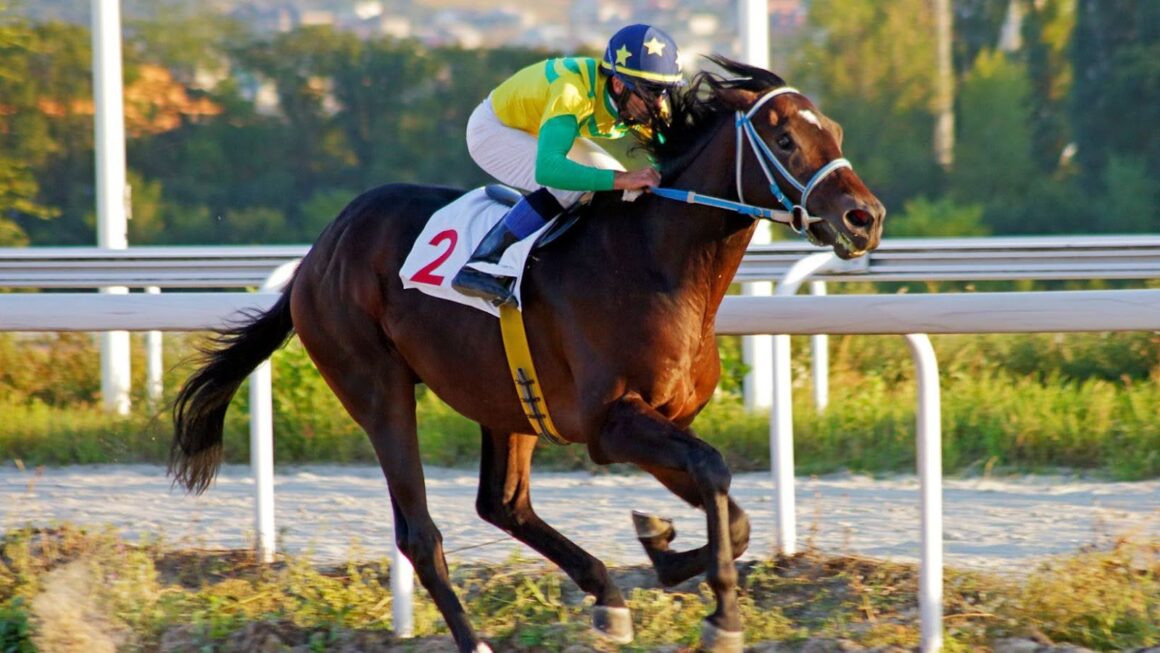Horse racing might be fun and exciting to watch, but did you know that there is more than what meets the eye? We are talking about a science industry where you cannot experiment a lot.
You cannot expect to have just any horse and prepare it to participate in the Kentucky Derby. It simply doesn’t work like that. We have genetics, breeding, nutrition, training techniques, and monitoring many different parameters about the horse’s health just to be able to produce a horse capable of running at incredible speed.
Horse racing is probably one of the most science-driven sports in the world. So, since we are talking about the complexity of horse racing, it is worth finding out more about different aspects that act as the pillars of the sport.
After all, more knowledge usually results in a better experience, and maybe you’ll be able to participate in TwinSpires handicapping tournaments after you’ve become a master of horse racing science.
So, what’s important? Let’s find out.
The Role of Genetics
So how can you tell apart a horse that is born to race and a horse better suited for casual rides? Well, the answer is quite simple. DNA!
One of the most important things in the world of horse racing is genetics. That’s why everyone is trying to get the genes of horses that have achieved incredible things like the Secretariat. In other words, a horse’s genetics play a crucial role in determining a horse’s speed and stamina.
But this isn’t a bulletproof method. Just because the Secretariat set record times, doesn’t mean that a horse carrying he’s genes will achieve the same thing. However, it increases the likelihood of such a thing happening.
There are many different horse bloodlines. Some are great for producing fast runners, while others are more set for endurance. It is quite a science-oriented segment of the sport that involves a deep understanding of genetics and selective breeding.
The Magic of Selective Breeding
This isn’t a modern concept that revolutionized the sport. In fact, we can spot traces of selective breeding in the 17th and 18th centuries in England. This was the time when the Thoroughbred breed was perfected for racing.
But what does this concept mean?
Well, it involves breeders that select horses based on desirable traits. But we are not talking about speed. We are talking about different aspects that can help the horse achieve incredible speed. For example, the Secretariat had an enormously large heart, quite bigger than the average horse heart. Maybe that’s the reason why it still remains one of the fastest horses that the world has ever seen.
In other words, breeders focus on traits like a strong cardiovascular system, great musculoskeletal structure, and efficient respiratory capacity.
All of these things enable the horse to be pushed more to its limits, which eventually results in higher speed.
Speed: The genetic makeup of a horse is crucial in determining its speed. Certain bloodlines, especially those of Thoroughbreds, are renowned for their racing prowess. These horses often have a high proportion of Type 2B muscle fibers, which are excellent for short, explosive bursts of speed.
Stamina: A good cardiovascular system and respiratory efficiency usually results in more stamina. That’s why Thoroughbred horses have an incredible ability to sustain energy over longer distances. And all of this has to do with the genetic traits.
Training Techniques
Early Training: The training starts early, focusing on building a solid foundation. This includes developing strong bones and muscles and instilling mental resilience. Early exposure to various stimuli helps horses become comfortable with the racing environment.

Interval and Hill Training: Techniques such as interval training (alternating between moderate and intense exercise) and hill training (running on inclines to boost cardiovascular and musculoskeletal strength) are standard practices.
Nutrition: Despite having a horse with the desirable traits, you still have to give the necessary push and provide the perfect environment and nutrition in order for the horse to use all of its potential. This is why food plays an important role in the world of horse racing.
Physics and Biomechanics
Aerodynamics: Just like in car racing, wind resistance plays a significant role in horse racing. Reducing drag can result in notable speed gains. Jockeys and horses utilize streamlined gear to cut through the air more efficiently.

Track Conditions: The firmness of the track surface affects traction and stride length. Did you know that horses perform differently on dirt, turf, or synthetic tracks, and understanding these nuances allows trainers to optimize performance.
Data Analytics in Horse Racing
Advanced data analytics helps trainers monitor heart rates, stride patterns, and performance metrics, tailoring training programs to each horse’s unique physiology.
Gone are the days of relying solely on instincts. Predictive algorithms now help devise race strategies by analyzing variables like past performance, weather conditions, and even genetic predispositions.
Machine learning tools analyze vast datasets to predict race outcomes with impressive accuracy, aiding in strategic decision-making for trainers and betting enthusiasts alike.

